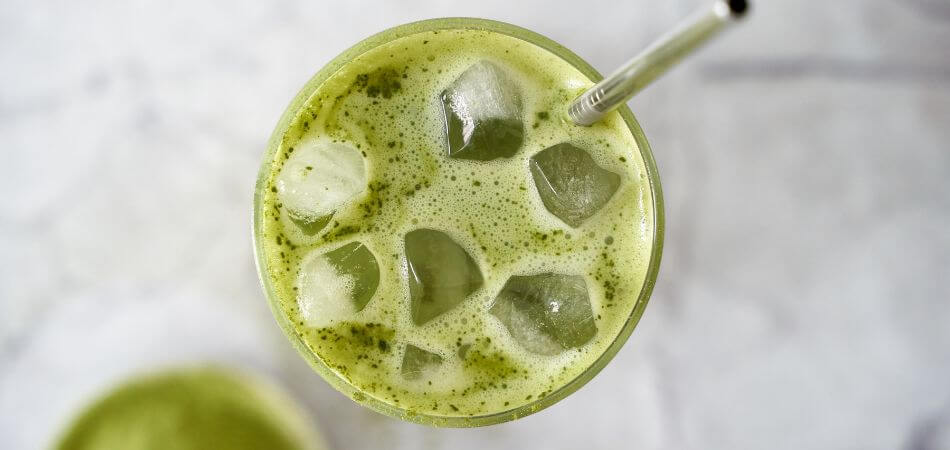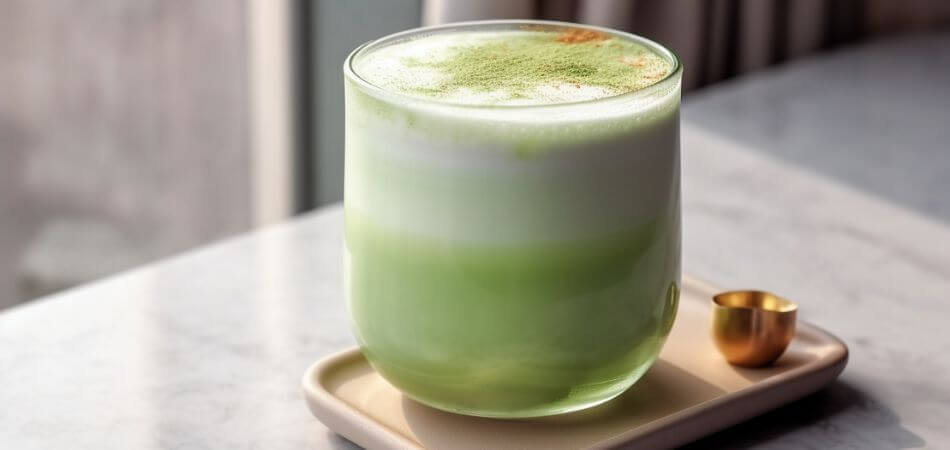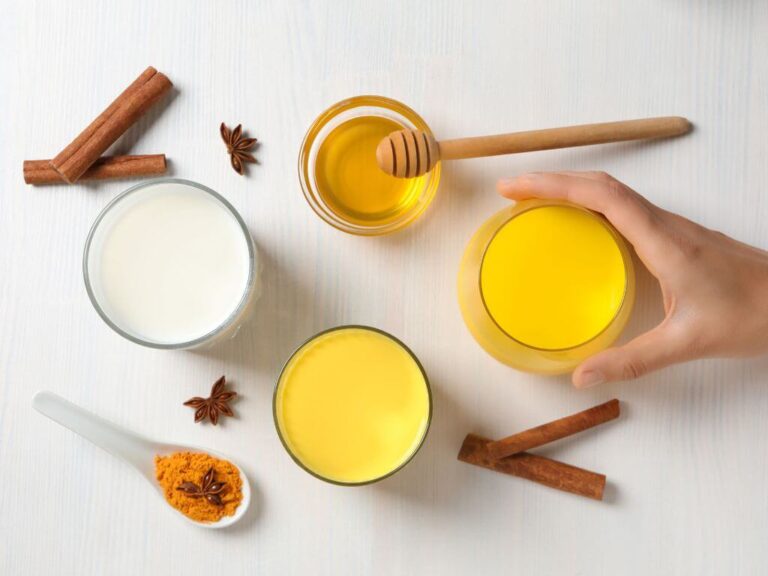How to Make the Perfect Spanish Latte: A Simple Recipe to Try at Home
“Imagine a coffee that blends the bold kick of espresso with the caramel-like sweetness of condensed milk—meet the Spanish Latte! If you love creamy, smooth coffee with just the right touch of sweetness, this drink might just become your new favorite.”
In this guide, we’ll explore everything about the Spanish Latte: what makes it unique, how to brew it at home, the best beans to use, and even delicious variations you can try. Whether you’re a coffee newbie or a seasoned barista, this rich and comforting drink is worth mastering.
So grab your favorite mug, and let’s dive in!

What is a Spanish Latte?
If you’ve ever sipped a regular latte and thought, “This could be a little sweeter,” then the Spanish Latte is your answer. Unlike traditional lattes that use sugar or syrup, this drink gets its signature richness from sweetened condensed milk, giving it a velvety, dessert-like quality.
Key Features of a Spanish Latte:
✔ Espresso Base – Typically 1-2 shots for a strong coffee flavor.
✔ Sweetened Condensed Milk – Adds creaminess and sweetness without extra sugar.
✔ Steamed Milk – Balances the intensity of espresso.
Where Did It Come From?
While the name suggests Spanish origins, it’s actually more inspired by Spanish-style café con leche (coffee with milk) but with a modern twist—adding condensed milk for extra sweetness. Some believe it was popularized in Asia and the Middle East, where sweetened coffee drinks are a staple.
How Is It Different From Other Coffees?
| Drink | Key Ingredients | Sweetness Level | Texture |
|---|---|---|---|
| Spanish Latte | Espresso + condensed milk + steamed milk | Medium-high | Creamy, velvety |
| Regular Latte | Espresso + steamed milk + sugar (optional) | Low-medium | Frothy, light |
| Vietnamese Coffee | Strong drip coffee + condensed milk | Very high | Thick, syrupy |
| Cortado | Espresso + equal part steamed milk | None (unless added) | Smooth, strong |
💡 Pro Tip: If you find regular coffee too bitter but don’t want an overly sugary drink, the Spanish Latte strikes the perfect balance!

How to Make the Perfect Spanish Latte (Step-by-Step Recipe)
Ready to make your own? The best part about a Spanish Latte is that you don’t need fancy equipment—just a few simple ingredients and some love for good coffee.
What You’ll Need:
- 1-2 shots of espresso (or ½ cup strong brewed coffee)
- 1-2 tbsp sweetened condensed milk (adjust to taste)
- ½ cup steamed milk (whole milk, oat milk, or almond milk work too)
- Ice cubes (if making an iced version)
- Optional toppings: Cinnamon, cocoa powder, or whipped cream
Step-by-Step Instructions:
1️⃣ Brew Your Espresso
- Use an espresso machine, Moka pot, or strong French press coffee.
- No espresso maker? Try instant espresso powder (1 tsp + 2 oz hot water).
2️⃣ Add Condensed Milk
- Pour 1-2 tbsp condensed milk into your cup (more = sweeter).
- Stir well to dissolve into the hot espresso.
3️⃣ Steam Your Milk
- Heat milk until warm (150°F/65°C) and froth if possible.
- No steamer? Microwave milk + shake in a jar for foam.
4️⃣ Combine & Enjoy!
- Slowly pour steamed milk into the espresso mix.
- Stir gently and top with a sprinkle of cinnamon or cocoa for extra flavor.
🔥 Pro Tip: For an Iced Spanish Latte, skip steaming—just pour cold milk over ice and stir!
Why You’ll Love Spanish Latte (Benefits & Unique Qualities)
If you’re still on the fence about trying this delicious drink, here are 5 irresistible reasons why coffee lovers worldwide are obsessed with Spanish Latte:
1. Perfectly Balanced Sweetness 🍯
Unlike sugar-loaded coffee drinks, the condensed milk in Spanish Latte provides:
- Natural caramel-like sweetness
- No need for additional sugar
- Smooth flavor that doesn’t overpower the coffee
“It’s like dessert and coffee had the perfect baby!” – Sarah J., coffee enthusiast
2. Luxuriously Creamy Texture 🥛
The combination of ingredients creates a mouthfeel that’s:
- Richer than regular lattes
- Velvety smooth
- Consistently creamy from first sip to last
3. Customizable to Your Taste ✨
Easily adapt it to your preferences:
- Sweetness level: Adjust condensed milk amount
- Dairy options: Use oat, almond or coconut milk
- Temperature: Enjoy hot or iced
- Flavor boosts: Add vanilla, cinnamon or chocolate
4. Easier to Make Than You Think ☕
Compared to other specialty coffees:
- No fancy equipment needed
- Takes just 5 minutes
- Hard to mess up (even for beginners)
5. Great Alternative to Bitter Coffee 😊
Perfect for people who:
- Find black coffee too strong
- Want to reduce sugar but still enjoy sweetness
- Like creamy textures in their drinks
Pro Tip: “For an extra indulgent treat, drizzle some extra condensed milk on top!” – Miguel, barista at Café Dulce

Best Coffee Beans for Spanish Latte 🌱
The right beans can elevate your Spanish Latte from good to extraordinary. Here’s what to look for:
Ideal Bean Characteristics
| Feature | Why It Matters | Recommended Roast Level |
|---|---|---|
| Chocolatey notes | Complements condensed milk’s sweetness | Medium-dark roast |
| Low acidity | Prevents bitterness from overpowering sweetness | Dark roast |
| Full body | Stands up to the creamy texture | Espresso roast |
Top 5 Bean Recommendations
- Lavazza Super Crema – Buttery smooth with honey notes
- Illy Classico – Well-balanced with chocolate undertones
- Counter Culture Big Trouble – Caramel and nutty flavors
- Stumptown Hair Bender – Complex yet approachable
- Local espresso blends – Support your neighborhood roaster!
Grinding Tips for Perfect Extraction
- Fineness: Espresso fine (like table salt)
- Amount: 18-20g for double shot
- Freshness: Use within 2 weeks of roasting
“I always recommend a medium-dark roast for Spanish Latte – it gives that perfect balance between coffee flavor and sweetness.” – Carlos, professional coffee roaster
Delicious Spanish Latte Variations to Try 🌀
Once you’ve mastered the basic recipe, explore these mouth-watering variations:
1. Iced Spanish Latte ❄️
- Perfect for: Hot summer days
- How to make:
- Fill glass with ice
- Mix espresso and condensed milk
- Top with cold milk
- Stir and enjoy!
2. Vegan Spanish Latte 🌱
- Substitutions:
- Coconut condensed milk
- Oat or almond milk
- Pro tip: Add a pinch of sea salt to enhance sweetness
3. Spiced Spanish Latte 🎄
- Flavor boosters:
- Cinnamon
- Nutmeg
- Cardamom
- Best served: During holidays or chilly mornings
4. Dirty Spanish Latte 💪
- Extra kick: Add a shot of espresso
- For whom: Caffeine lovers who want more intensity
5. Caramel Spanish Latte 🍯
- Elevate it: Drizzle caramel sauce
- Next level: Add whipped cream topping
Fun Fact: “In some cafés in Manila, they serve Spanish Latte with a small pitcher of extra condensed milk so you can adjust sweetness yourself!” – Traveling barista blog
FAQ’s
What are the ingredients for Spanish latte?
A Spanish latte typically consists of espresso, steamed milk, and sweetened condensed milk, which gives it a rich, creamy sweetness. It’s often topped with a light foam for a smooth, velvety texture.
What is special about Spanish lattes?
Spanish lattes are special because they’re typically made with “café con leche”, which combines espresso with equal parts steamed milk and a touch of sugar, creating a smooth, rich, and slightly sweet flavor.
What is a Spanish latte from Starbucks?
A Spanish latte at Starbucks is a variation of a traditional latte, made with espresso, steamed milk, and sweetened with condensed milk, giving it a rich, creamy, and slightly caramelized flavor.
Is Spanish latte supposed to have cinnamon?
A Spanish latte typically includes a touch of cinnamon, though it’s not a strict requirement. The drink often combines espresso, steamed milk, and sweetened condensed milk, with cinnamon sometimes added for extra flavor.
Conclusion: Your New Favorite Coffee Awaits! ☕❤️
After reading this guide, you’re now a Spanish Latte expert! Let’s recap why this drink deserves a spot in your coffee rotation:
🌟 Perfect balance of coffee strength and sweetness
🌟 Easy to customize to your exact taste
🌟 Simple to make with minimal equipment
🌟 Endless variations to keep it exciting
Now it’s your turn!
👉 Try making your first Spanish Latte today
👉 Experiment with different beans and milks







